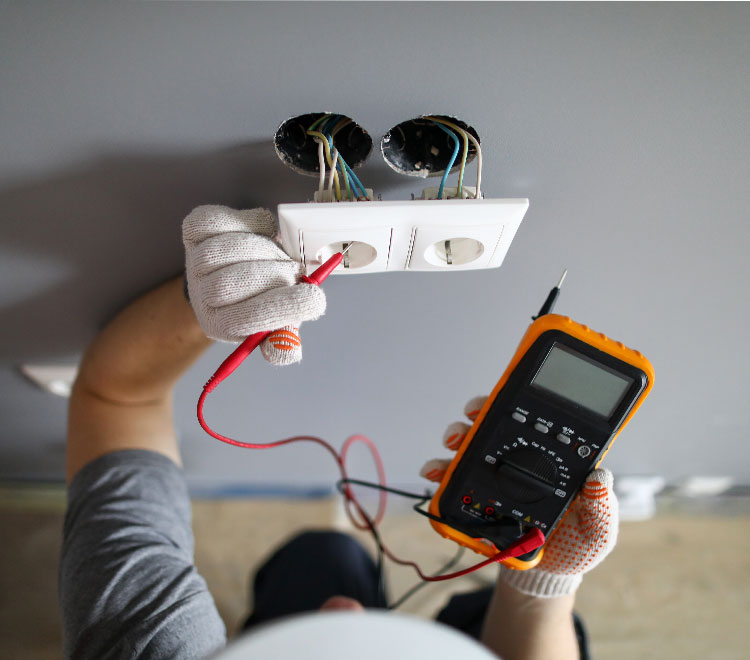

If you run a business with lots of machinery, maintenance is an ongoing reality. However, many businesses overlook the electrical side of the equation. Ensuring each piece of machinery is compliant as per the Australian Standard AS/NZS 3760 means your workers, visitors, and workplace remains safe.
So what is testing and tagging?
Essentially, it’s the process of checking electrical appliances and machinery to ensure they’re safe through a series of visual inspections and tests. Each item is then labelled [tagged] and logged in an electrical appliances report.
The process is vitally important to identify faulty wiring, electronics, and components, which otherwise can put your workers at risk of electrocution, electrical burns, and equipment malfunctions that may result in a serious injury or fatality.
Visual defects such as damaged cords are obvious, but professional testing and tagging by Public Image Electrical will pick up other unseen electrical faults and deterioration.
Depending on the workplace environment, inspections must be carried out by a licensed or registered electrician or a licensed electrical inspector every 6 to 12 months. Any residual current devices, portable electrical equipment, portable electrical tools, and extension cords should be tested and tagged. Equipment on construction and demolition sites should be inspected more frequently.
Talk to the electrical professionals at Public Image Electrical about setting up a regular schedule to test and tag your electrical appliances and machinery.
